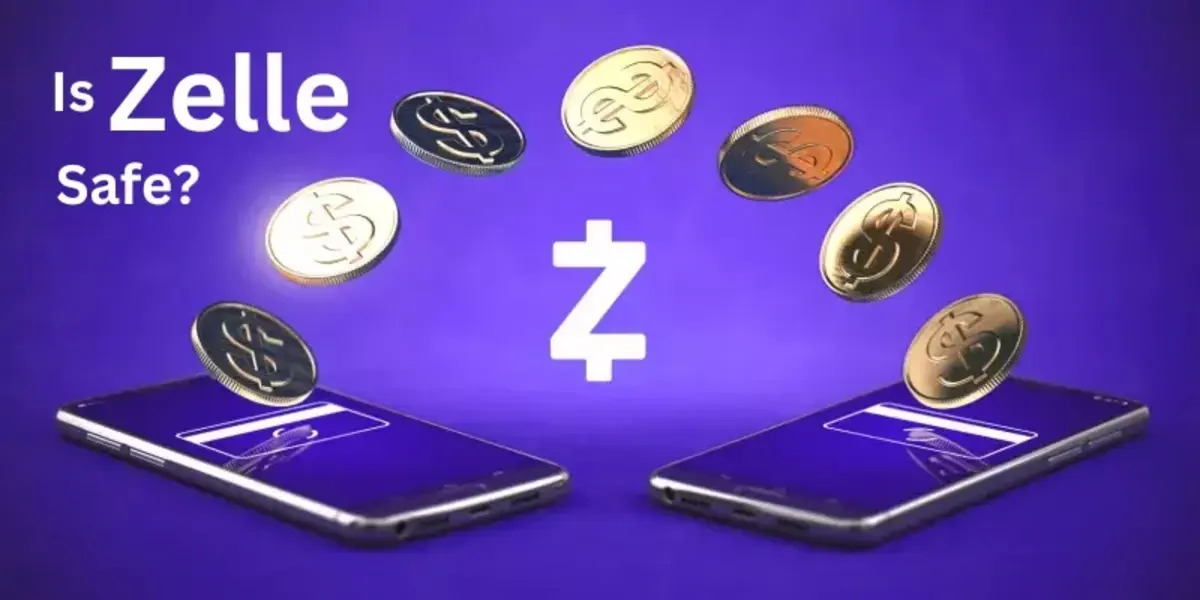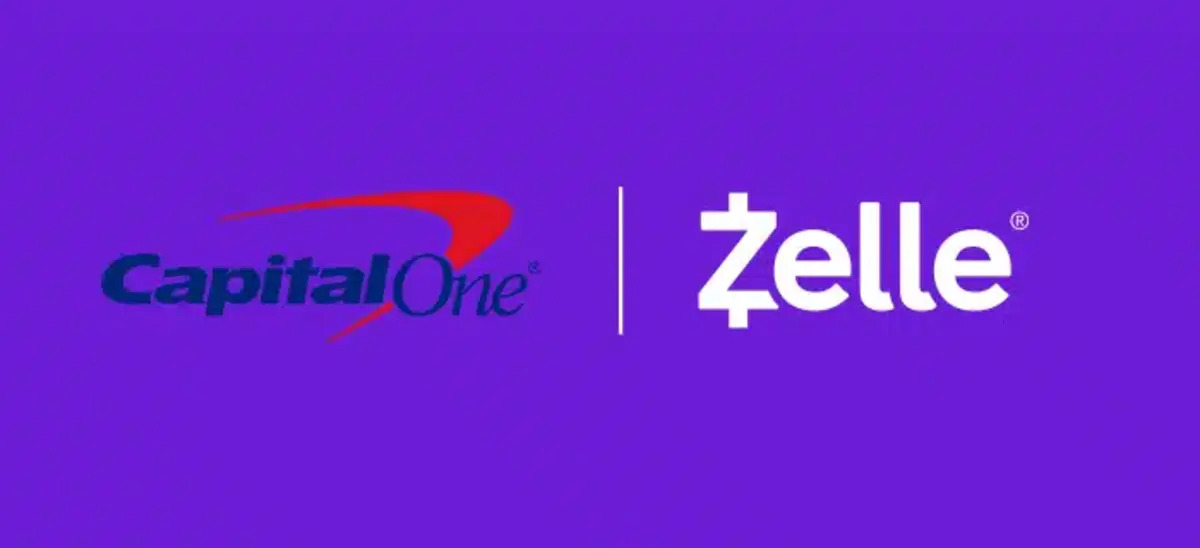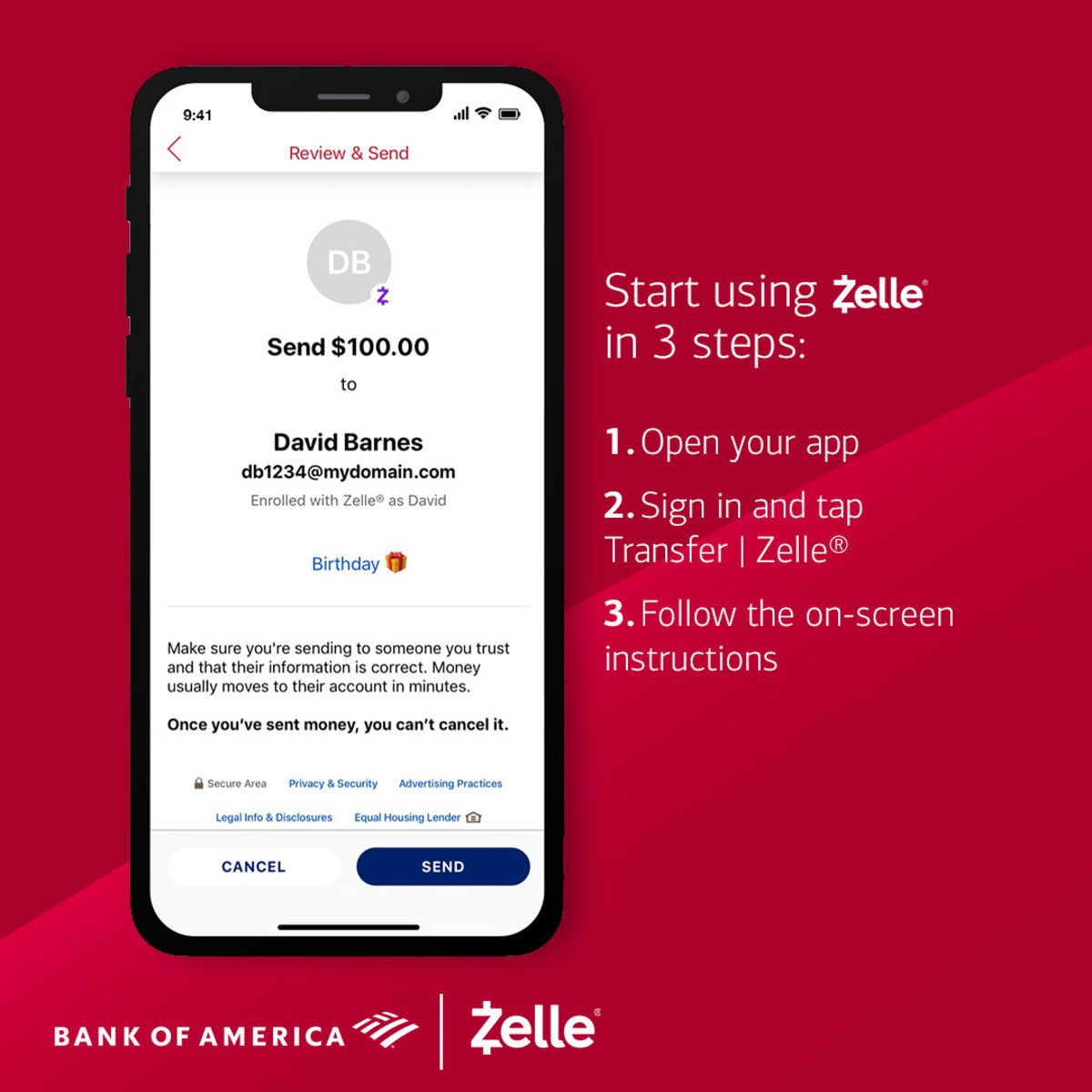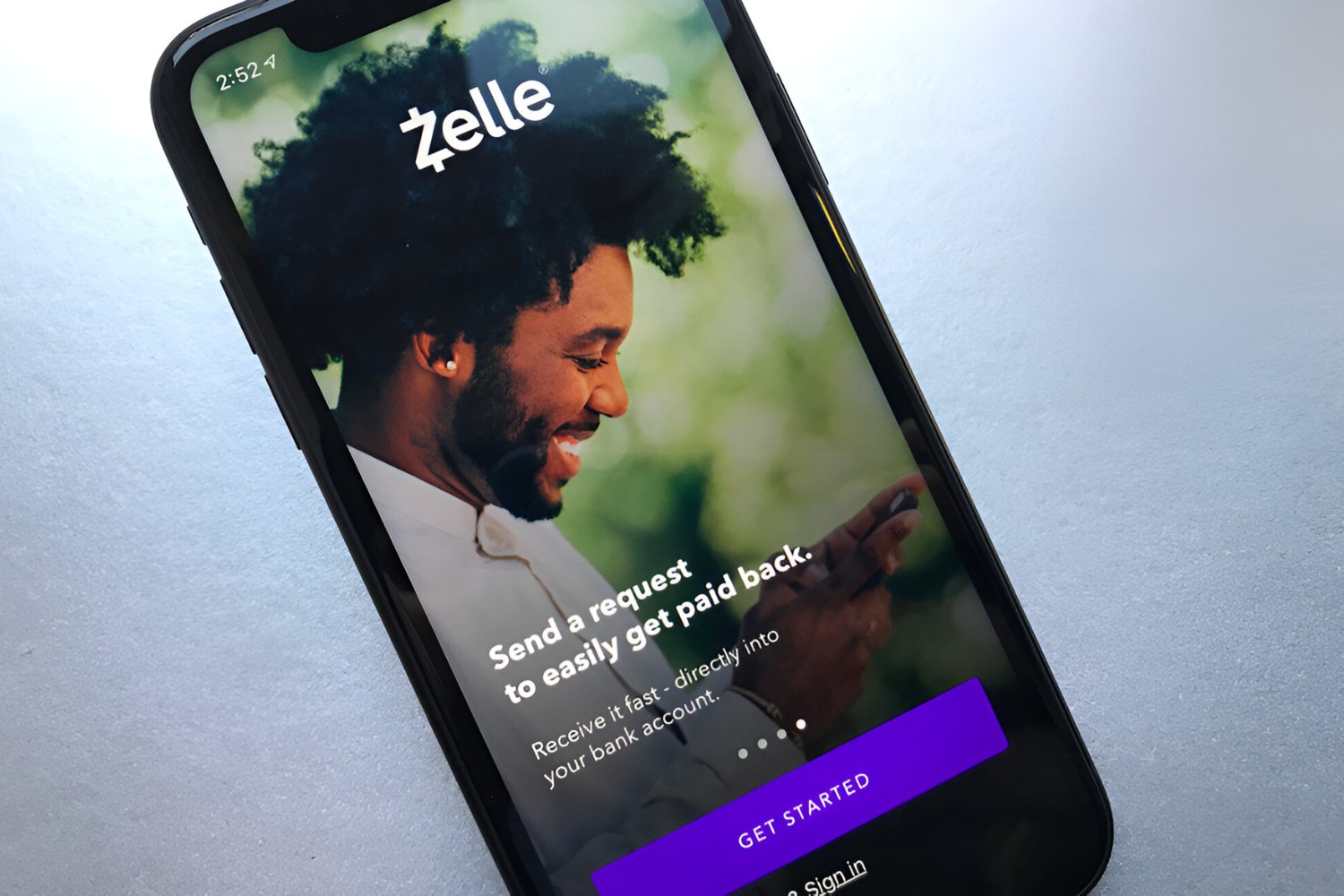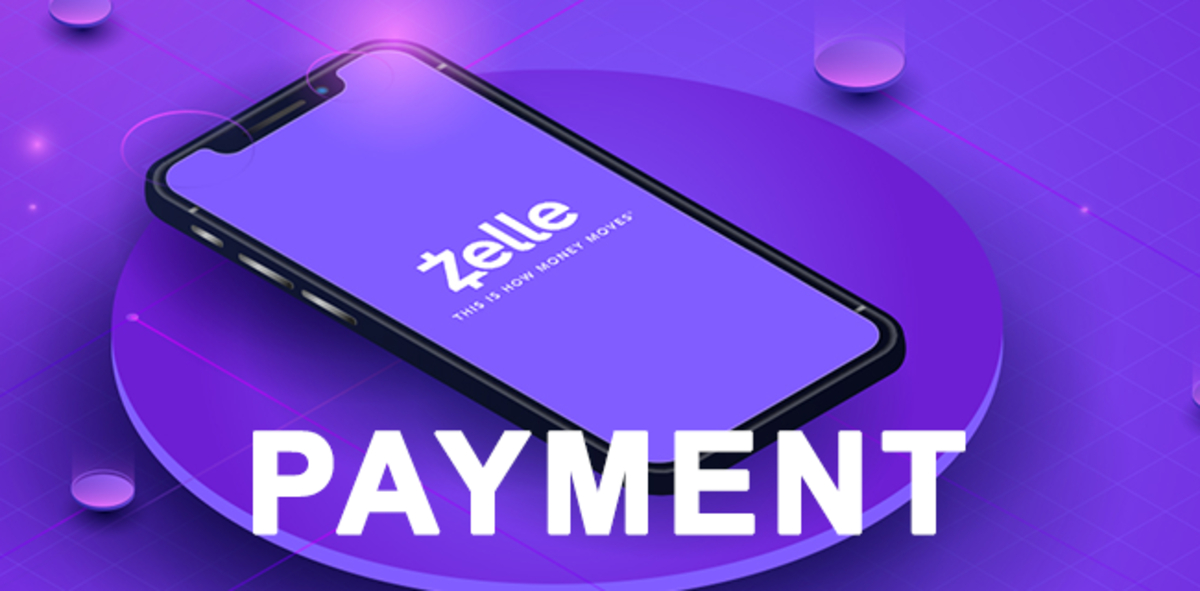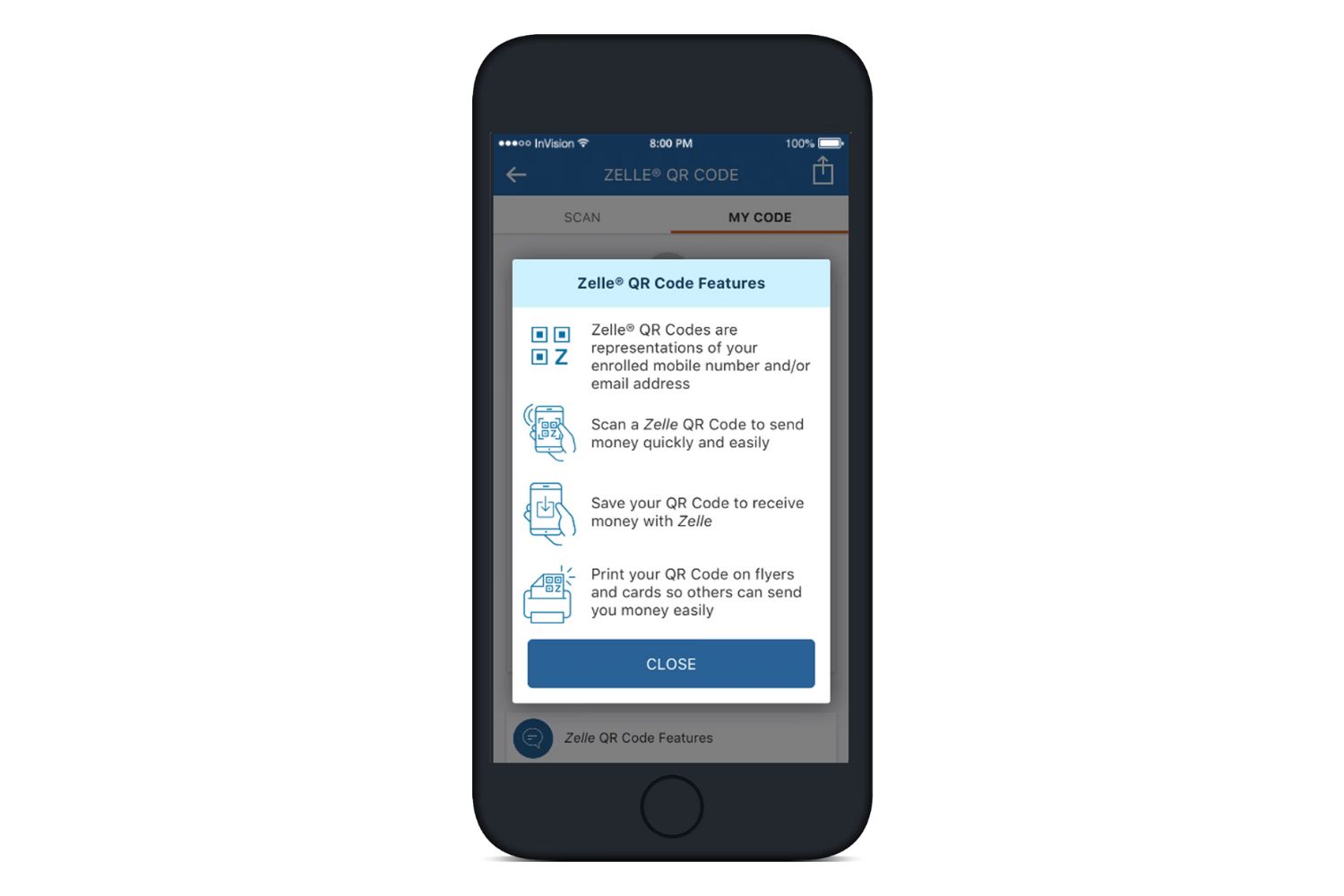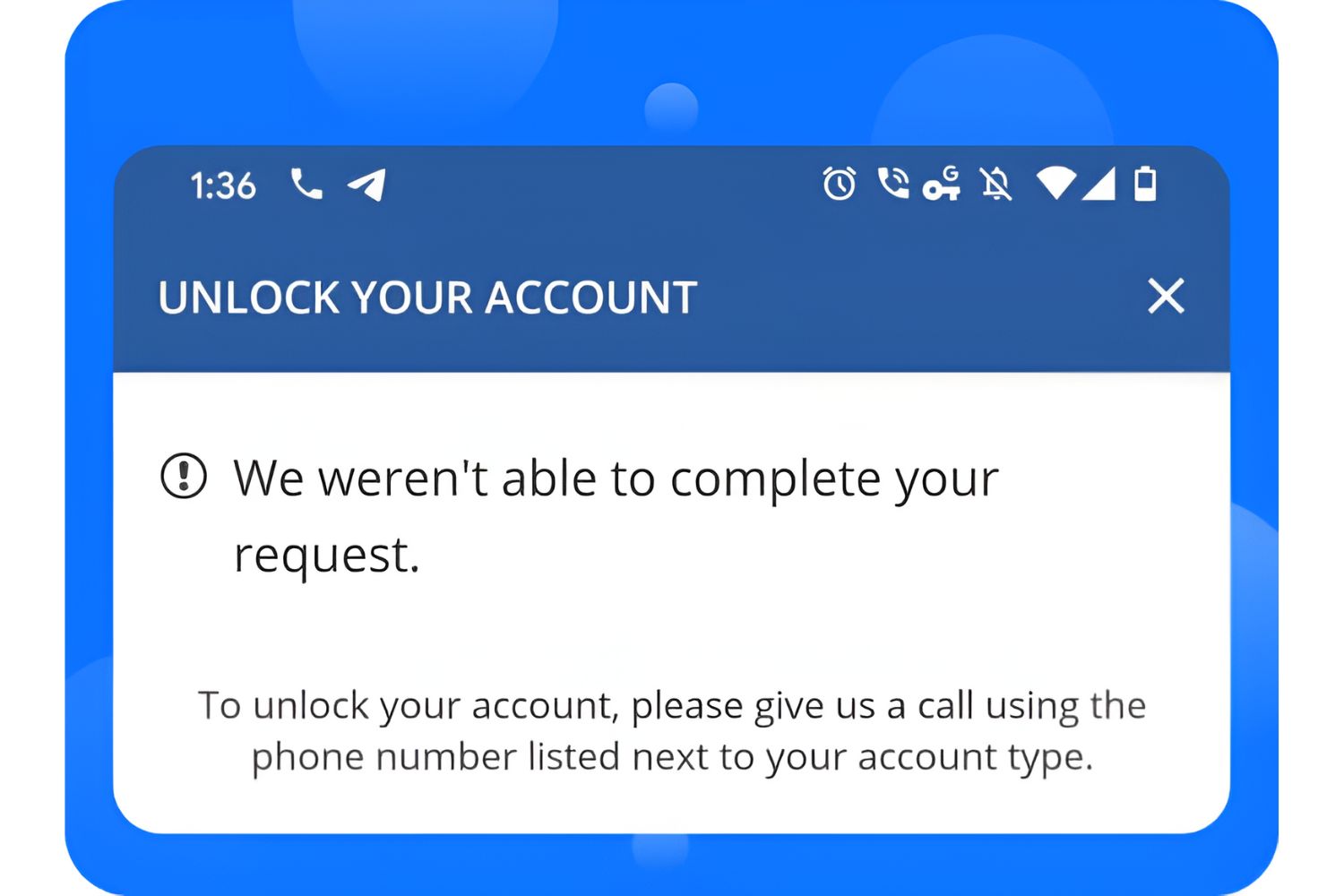Introduction
Zelle is a popular digital payment platform that allows users to send and receive money quickly and easily. Whether you need to split the bill with friends, pay your share of the rent, or transfer funds to family members, Zelle provides a convenient solution with just a few taps on your smartphone. But with any online financial service, it’s natural to question the safety and security of using Zelle for your transactions.
In this article, we will explore the various aspects of Zelle payment safety and assess its reliability as a digital payment platform. We will delve into how Zelle works, the measures it offers to protect your information, and highlight any potential risks or vulnerabilities that users should be aware of. By the end, you’ll have a clear understanding of the safety considerations when using Zelle for your financial transactions.
So, if you’re curious about the safety of Zelle payments, keep reading to find out more about how this platform ensures the protection of your money and personal information.
What is Zelle Payment?
Zelle is a peer-to-peer payment service that enables users to send and receive money directly from their bank accounts. It offers a convenient and secure alternative to traditional methods such as cash or checks. With Zelle, you can easily transfer funds to family, friends, or even businesses in a matter of minutes using just their email address or phone number.
One of the key advantages of Zelle is its widespread availability. It is supported by many major banks and financial institutions, allowing users to make direct transfers between different accounts seamlessly. This means that even if you and the recipient have accounts with different banks, you can still use Zelle for quick and hassle-free transactions.
Zelle is often integrated into banking apps, making it even more convenient for users who already have their accounts linked to their mobile devices. The smooth integration with existing banking platforms allows for a seamless user experience, eliminating the need for third-party apps or additional logins.
Another important feature of Zelle is its speed. Unlike traditional payment methods that may take several days to process, Zelle transactions are usually completed within minutes. This makes it ideal for urgent or time-sensitive payments, such as splitting bills at a restaurant or paying for tickets to an event.
It’s worth noting that Zelle is free to use for individuals, although some financial institutions may impose certain limits or charges for larger transfers or business transactions.
Overall, Zelle offers a convenient and efficient way to send and receive money directly from your bank account. With its widespread availability, fast transactions, and seamless integration with banking apps, it has become a popular choice for individuals and businesses alike.
How Does Zelle Payment Work?
Zelle payment works by seamlessly connecting your bank account to the recipient’s bank account, allowing for direct and instant transfers. Here’s a step-by-step breakdown of how Zelle payment works:
1. Enrollment: To use Zelle, you first need to enroll in the service through your bank’s mobile app or website. Most major banks offer Zelle as part of their digital banking services.
2. Linking Accounts: After enrolling, you’ll need to link your bank account to your Zelle profile. This step typically involves verifying your account details and adding your contact information.
3. Recipient Information: To send money via Zelle, you’ll need the email address or phone number associated with the recipient’s bank account. Make sure you have this information handy before initiating a transfer.
4. Transaction Initiation: Using your bank’s mobile app or website, select the option to send money with Zelle. Enter the recipient’s email address or phone number and the amount you wish to send.
5. Verification: Before completing the transaction, you may be asked to verify the details, such as the recipient’s name or email address. Double-check this information to ensure accuracy.
6. Confirmation: Once you confirm the transaction, the money will be deducted from your account and will be instantly transferred to the recipient’s account. Both parties will receive a notification confirming the successful transfer.
7. Recipient Access: If the recipient is already enrolled in Zelle, the money will be directly deposited into their bank account. If they are not enrolled, they will receive a notification to sign up and claim the funds.
It’s important to note that Zelle payments can only be made between individuals who have bank accounts in the United States. Additionally, some banks may have specific limits on transaction amounts or frequency for Zelle transfers, so it’s advisable to check with your bank for any restrictions.
Overall, Zelle payment simplifies the process of transferring money between bank accounts by offering a direct and instant method. Its integration with various banking platforms ensures a seamless user experience, making it an appealing choice for individuals seeking convenience and efficiency in their financial transactions.
Is Zelle Payment Safe?
One of the primary concerns when using any digital payment platform is the safety and security of your funds and personal information. When it comes to Zelle, the good news is that it takes several measures to ensure the safety of its users.
First and foremost, Zelle utilizes industry-standard encryption to protect your financial information. This means that your bank account details and transaction data are encrypted during transmission, making it extremely difficult for unauthorized parties to gain access to your sensitive information.
Additionally, Zelle requires authentication for every transaction. This means that before any money is transferred, users are required to provide their bank account credentials or use their banking app’s fingerprint or face recognition features, ensuring that only authorized individuals can initiate payments.
Moreover, Zelle employs multiple layers of security protocols to protect against fraud and unauthorized transactions. These include monitoring for unusual activity, flagging suspicious transactions, and notifying users if any potentially fraudulent activity is detected.
It’s essential to note that while Zelle itself implements security measures, users must also play their part in ensuring the safety of their transactions. This includes taking precautions such as keeping their bank account login credentials confidential, using strong and unique passwords, and being vigilant about any suspicious emails or messages requesting personal or financial information.
While Zelle takes numerous precautions to safeguard users’ funds, it’s important to understand that no system is completely foolproof. Like any digital payment platform, there is always a small risk of fraud or unauthorized access. However, Zelle has implemented several security measures to minimize these risks and protect its users to the greatest extent possible.
To further enhance the safety of your Zelle transactions, it’s advisable to only send money to individuals or businesses you trust. It’s also essential to verify the recipient’s information carefully before initiating any transfers to avoid accidental or fraudulent transactions.
Overall, while no system can guarantee absolute safety, Zelle is considered a relatively secure method of digital payment. By following recommended security practices and being vigilant, users can enjoy the convenience and efficiency of Zelle while minimizing the risk of fraud or unauthorized access to their accounts.
How Does Zelle Protect Your Information?
Zelle prioritizes the protection of your personal and financial information and employs several measures to ensure its security. Here are some ways that Zelle safeguards your information:
Encryption: Zelle uses industry-standard encryption protocols to encrypt your data during transmission. This means that your sensitive information, such as your bank account details and transaction data, are scrambled and kept secure from unauthorized access.
Authentication: Zelle requires authentication for each transaction. Users are typically required to provide their banking app login credentials or use their device’s biometric authentication, such as fingerprint or face recognition, to verify their identity. This adds an extra layer of security to ensure that only authorized individuals can initiate payments.
Bank-Level Security: Zelle works in conjunction with your banking institution, leveraging the security measures already implemented by your bank. These measures may include firewalls, secure servers, and robust authentication mechanisms designed to protect your financial information.
Monitoring and Fraud Detection: Zelle employs sophisticated monitoring systems to detect and prevent fraudulent activity. It continuously analyzes transaction patterns to identify any suspicious or unusual behavior. If any fraudulent or potentially unauthorized transactions are detected, Zelle promptly alerts users and takes appropriate action to protect their accounts.
User Education: Zelle provides users with resources and educational materials to promote safe and secure usage. Guidelines on how to protect your account, recognize scams, and manage security settings are available on the Zelle website and within the associated banking apps.
It is important to note that Zelle does not store sensitive data such as your bank account numbers or passwords. Instead, it acts as a secure conduit for transmitting information between banks, minimizing the risk of data breaches.
While Zelle takes significant steps to protect your information, it is also crucial for users to maintain good security practices. This includes keeping their banking app and devices up to date with the latest security patches and using strong, unique passwords. Users should also remain vigilant against phishing scams or suspicious emails and messages.
By working hand-in-hand with your bank and implementing robust security measures, Zelle endeavors to provide a safe and secure platform for your digital transactions. However, it is essential for users to be proactive in protecting their information and following recommended security practices to further enhance the security of Zelle payments.
Are There Any Risks with Zelle Payment?
While Zelle offers a secure platform for digital payments, it’s important to be aware of potential risks associated with its use. Here are some risks to consider when using Zelle:
Unauthorized Access: Although Zelle incorporates security measures, there is always a small risk of unauthorized access to your account. This could occur if someone gains access to your login credentials or if your device is compromised. It’s crucial to keep your banking app and device secure and to use strong, unique passwords to minimize this risk.
Phishing Scams: Phishing scams are a common online threat, and Zelle users are not exempt. Scammers may attempt to trick you into revealing your personal or banking information through fraudulent emails or text messages. Be cautious of messages asking for sensitive information and always verify their authenticity before acting on them.
Transaction Disputes: As with any payment method, there is a potential for transaction disputes. If you send money to the wrong person or if a transaction is made without your authorization, it can be challenging to reverse or resolve the issue. Only send money to individuals or businesses you trust, and take care to verify the recipient’s information before completing a transaction.
Limited Recourse: Zelle payments are typically instant and irreversible. While this speed is convenient for legitimate transactions, it can be problematic if you fall victim to a scam or make an accidental payment. Unlike credit card payments, there may be limited recourse for recovering lost funds in such instances.
Third-Party Risks: Zelle itself may be secure, but if you are using a third-party app or website to access Zelle services, there may be additional risks involved. These third-party platforms may not have the same level of security measures in place, potentially exposing your information to vulnerabilities.
To mitigate these risks, it is crucial to practice good security habits. This includes keeping your banking app updated, using strong and unique passwords, and being cautious of phishing attempts. Regularly monitor your transactions and bank statements to detect any unauthorized activity and report any concerns to your bank or Zelle immediately.
Ultimately, the risks associated with Zelle payment are not exclusive to this platform. They are inherent to any online financial transaction. By maintaining vigilance and adhering to recommended security practices, you can minimize the potential risks and enjoy the convenience and benefits of using Zelle for your digital payments.
Can Zelle Transactions Be Reversed or Cancelled?
Once a Zelle transaction has been initiated and completed, it is typically difficult to reverse or cancel. Unlike some payment methods such as credit card payments, Zelle transactions are often instant and non-refundable. However, there are certain circumstances in which it may be possible to reverse or cancel a Zelle transaction.
If you made an accidental payment or sent money to the wrong recipient, it is important to act quickly. Immediately contact your bank or financial institution and provide them with all the relevant details of the transaction. They may be able to work with the recipient’s bank to attempt a reversal of the transaction. However, it is essential to understand that success in reversing a transaction cannot be guaranteed as it relies on the cooperation of the recipient and their bank.
Additionally, if you suspect that a transaction was fraudulent or unauthorized, you should immediately notify your bank or financial institution and report the incident. They can help investigate the situation, take appropriate action, and determine if a reversal or refund is possible.
It is crucial to note that time is of the essence when attempting to reverse or cancel a transaction. The sooner you report the issue, the higher the chances of success. Once the recipient has withdrawn or spent the funds, it becomes much more challenging to recover the money.
To minimize the need for reversals or cancellations, it is essential to verify all transaction details, including the recipient’s information, before sending money through Zelle. Double-check email addresses or phone numbers to ensure accuracy, as even minor mistakes can result in funds being sent to the wrong individual.
Overall, while Zelle transactions are typically difficult to reverse or cancel once initiated, it is still possible to recover funds under certain circumstances. Promptly reporting any issues to your bank or financial institution is key to maximizing the chances of a successful resolution. However, it’s important to exercise caution and diligence when using Zelle to avoid accidental or unauthorized transactions in the first place.
How to Stay Safe When Using Zelle Payment?
While Zelle provides a secure platform for digital payments, it’s important to take certain precautions to ensure your safety when using the service. Here are some practical tips to stay safe when using Zelle:
1. Use Trusted Networks: When initiating a Zelle transaction, ensure that you are connected to a secure and trusted network. Avoid using public Wi-Fi networks, as they may be susceptible to hackers or eavesdroppers. Stick to private, password-protected networks to minimize the risk of unauthorized access to your information.
2. Verify Recipient Information: Double-check the recipient’s email address or phone number before initiating a Zelle transfer. Confirming the accuracy of the details ensures that the funds are sent to the intended recipient and reduces the likelihood of accidental transfers.
3. Keep Personal Information Private: Be cautious about sharing personal information through any communication channel, including Zelle. Avoid sharing your banking app login credentials, account numbers, or other sensitive data with anyone. Zelle does not require this information for transactions and will never request it via email or text message.
4. Beware of Phishing Attempts: Be vigilant for phishing attempts that aim to deceive you into revealing your personal or banking information. Avoid clicking on suspicious links or providing sensitive information in response to unexpected emails or messages. Legitimate Zelle communications will typically direct you to log in to your bank’s official app or website for transaction verification.
5. Set Up Transaction Notifications: Enable transaction notifications through your bank’s mobile app or online banking platform. This allows you to receive real-time alerts for any Zelle transactions and quickly identify any unauthorized activity.
6. Regularly Monitor Transactions: Regularly review your bank statements and transaction history to ensure there are no fraudulent or unauthorized transactions. If you notice any suspicious activity, report it immediately to your bank or financial institution.
7. Update Mobile Apps and Devices: Keep your banking app and mobile devices up to date with the latest software updates and security patches. Patches often address security vulnerabilities, making it important to stay current to protect against potential threats.
8. Secure Your Devices: Implement strong passwords or use biometric authentication features such as fingerprint or face recognition to secure your mobile devices. This helps prevent unauthorized access to your banking app and personal information.
By following these best practices, you can enhance the security of your Zelle transactions and minimize the risk of unauthorized access or fraudulent activity. Remember, staying informed, being cautious, and regularly monitoring your account activity are crucial in maintaining a safe and secure digital payment experience.
Conclusion
Zelle payment offers a convenient and efficient way to send and receive money digitally. While concerns about safety and security are natural when using any online financial service, Zelle has implemented several measures to protect its users.
With its use of industry-standard encryption, authentication protocols, and bank-level security, Zelle ensures the protection of your financial information. Monitoring systems and fraud detection mechanisms further enhance the security of your transactions. Additionally, Zelle provides resources and educational materials to help users understand and mitigate potential risks.
While Zelle takes significant steps to safeguard user funds, it is crucial for individuals to maintain good security practices. This includes keeping their banking app and devices secure, using strong and unique passwords, and being vigilant of phishing attempts or suspicious communications.
Although Zelle transactions are typically difficult to reverse or cancel once completed, immediate action should be taken in case of accidental or unauthorized transactions. Promptly reporting issues to your bank or financial institution can increase the likelihood of a successful resolution.
Overall, by being proactive in maintaining security measures and exercising caution, you can confidently utilize Zelle for your digital payments.
Remember to verify recipient information, use trusted networks, and regularly monitor your transactions. By following these tips, you can enjoy the convenience and benefits of Zelle while minimizing risks and ensuring a safe and secure payment experience.







